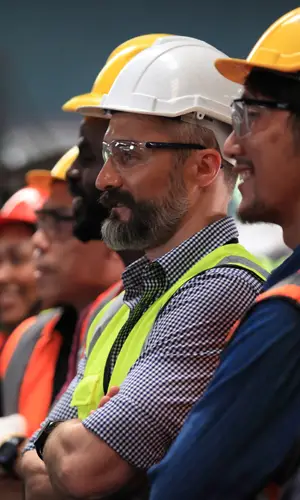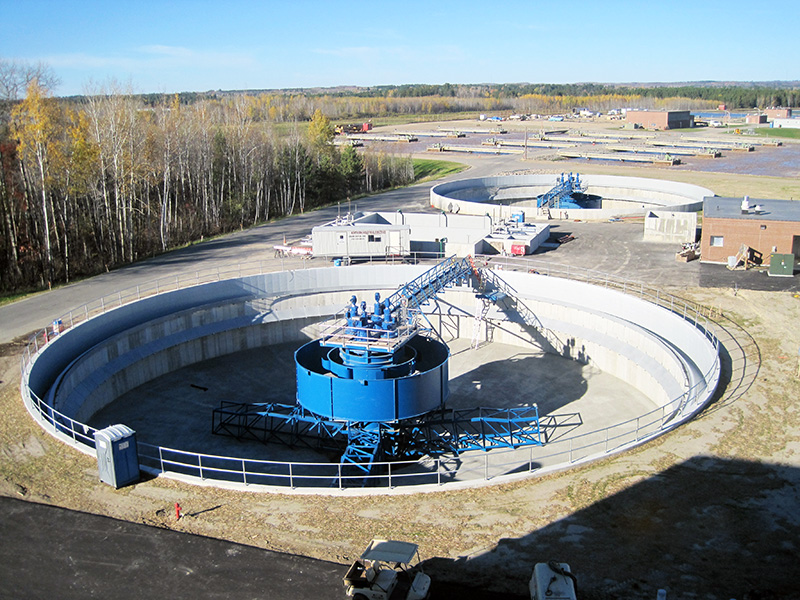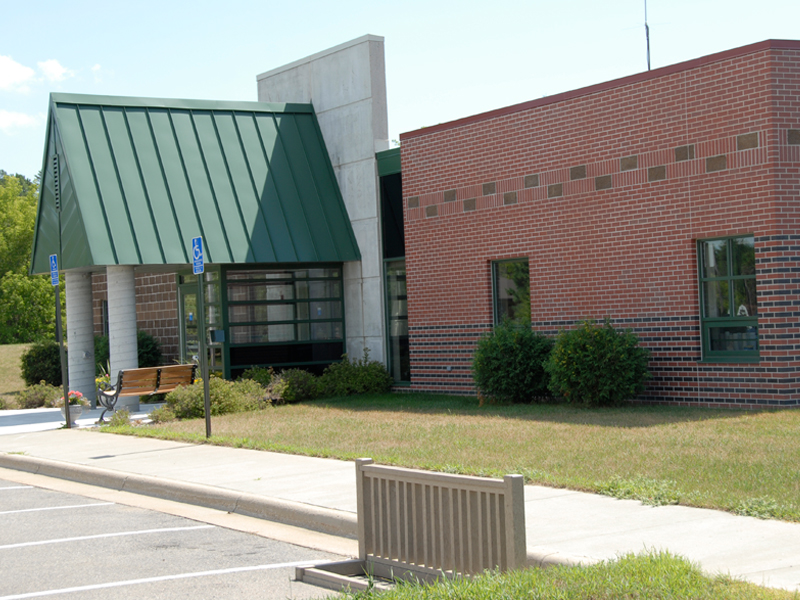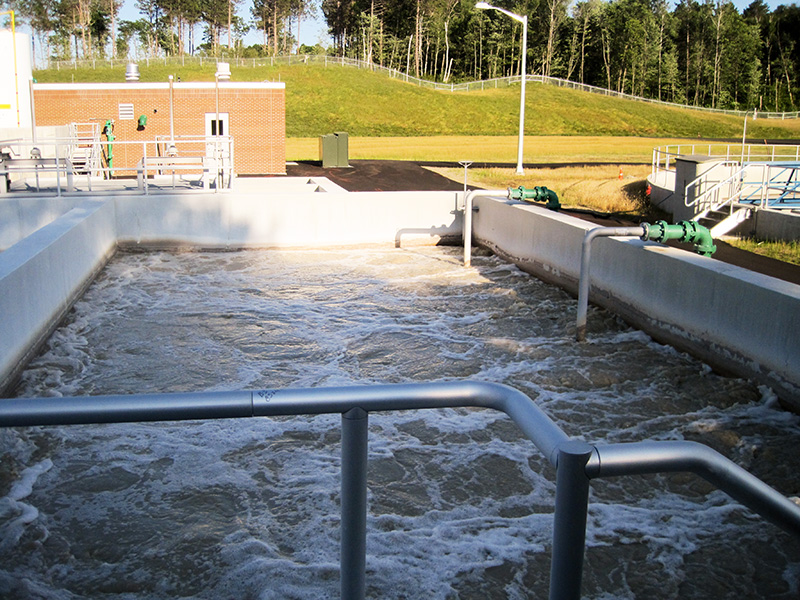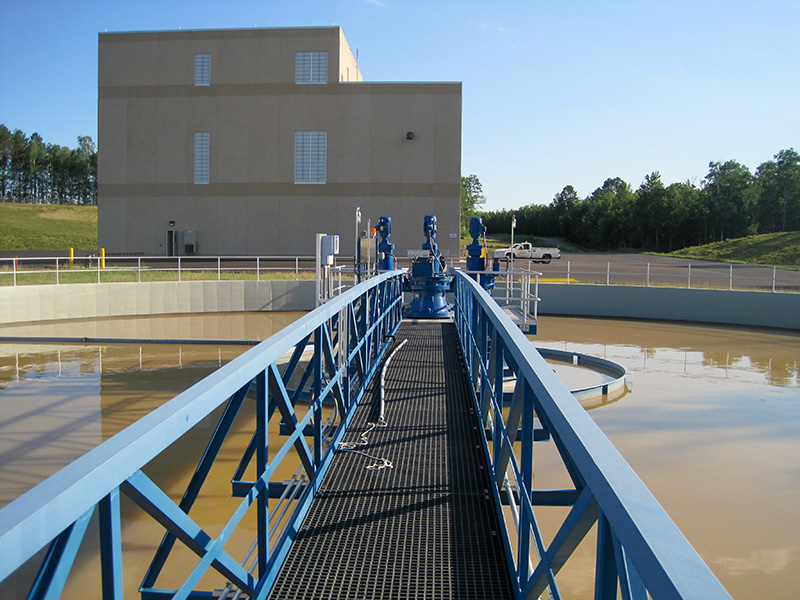WASTEWATER TREATMENT PLANT UPGRADE AND EXPANSION
Grand Rapids, MinnesotaAbout the Project
Faced with aging infrastructure, the potential expansion of a significant industrial user, and the desire to consolidate treatment facilities from two different sites to a single existing site, the Grand Rapids Public Utilities Commission (GRPUC) retained AE2S to plan, design, and administer construction of a WWTF upgrade and expansion project.Project Details
Date: 2008 – 2013
Client: Grand Rapids Public Utilities
Key Project Elements
- 13 MGD
- Planning for Future Community/Industrial Growth
- Wastewater Treatment Process Assessment & Concept Development
- Supported the client in their pursuit of funding from Minnesota agencies
- Asset Management
- Innovative Heat Recovery and Energy Reduction
- Increased Dewatering Efficiency
- Primary Clarifiers with Energy Dissipating Inlets and Stamford Baffles
- Dewatering Pilot Testing
Phased Construction and Facility Consolidation
The overall master plan divided the project into four phases. The first phase of the project was constructed in 2010 and 2011. Phase I of the project included replacement of existing facilities, including moving the existing primary facilities from the existing primary site to the existing secondary site. This provided for a consolidation of wastewater facilities at a single site closer to the landfill used for disposal of solids from the facility.The facilities included in the Phase I project were a rehabilitated domestic lift station, new domestic force main, new aerated influent channel, two new primary clarifiers, a new primary clarifier sludge pump station, a new solids processing building, new waste activated sludge storage and transfer facilities, odor control facilities, and a new administration and maintenance building.
As part of the project, a new computerized maintenance management system (CMMS) was implemented to better manage the operation and maintenance of the new facilities.
Maximizing Solids Concentration and Green Initiatives
Pilot testing of dewatering technologies determined that switching to screw presses from their current belt press operation would result in a greater solids concentration, increasing from 30 to 40 percent solids. A one million gallon per day (MGD) effluent water reuse system was designed as part of a green initiative for the facility.This initiative resulted in acquiring a $1.7 million grant for the project. The effluent water system provides seal water for pumps, polymer make down water, wash up water for the dewatering equipment, chemical dilution water, yard hydrants and irrigation, and an effluent heat recovery system. The effluent heat recovery system is designed to heat and cool the buildings, providing a clean and economical source of energy.
Enhancing Efficiency and Energy Reduction
The second phase of the project is continuing the theme of efficiency and energy reduction by upgrading the activated sludge system to potentially reduce energy consumption by approximately 30 percent.Two of the existing four 700 HP blowers have been upgraded, a dissolved oxygen (DO) monitoring system was added to the aeration basins, and a SCADA upgrade is currently taking place to bring the existing blower building and activated sludge system onto the system so that automatic DO control can be implemented for energy reduction.
Additional blower building and aeration basin improvements are scheduled in the capital improvements plan over the next few years.
Tagged Municipalities and Utilities

